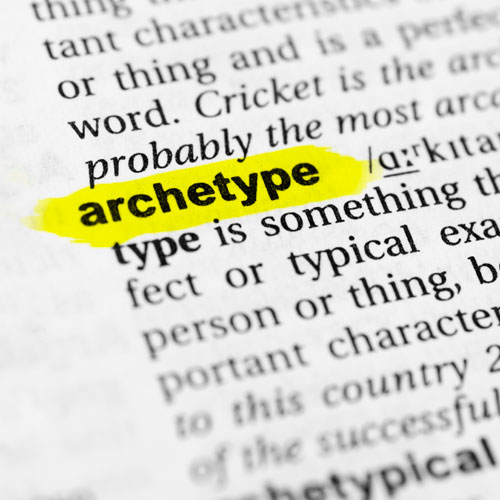
In the realm of branding, every successful brand possesses a unique personality—a character that resonates with its audience. Enter brand archetypes, powerful tools that help shape a brand’s personality and foster deeper connections. Let’s explore the significance of brand archetypes in crafting compelling brand personas.
Understanding Brand Archetypes
- Defining Archetypes
Brand archetypes are symbolic personalities or character templates that define a brand’s identity, values, and communication style.
- The Psychology Behind Archetypes
Derived from Carl Jung’s theory, archetypes tap into universal human experiences, emotions, and behaviors.
The Role of Archetypes in Branding
- Creating Emotional Connections
Archetypes facilitate emotional connections by evoking familiar and relatable traits that resonate with the audience.
- Building Consistency
They provide a framework for maintaining consistency across brand messaging and interactions, reinforcing brand identity.
- Guiding Communication
Archetypes serve as a guide for communication strategies, helping brands convey messages aligned with their chosen persona.
Exploring Different Brand Archetypes
- The Hero
Symbolizing courage and determination, the hero archetype focuses on overcoming challenges and inspiring greatness.
- The Sage
The sage represents wisdom, knowledge, and guidance, positioning the brand as a trusted advisor or mentor.
- The Innocent
This archetype embodies purity, simplicity, and optimism, appealing to audiences seeking genuine and wholesome experiences.
- The Explorer
Symbolizing freedom and adventure, the explorer archetype resonates with those seeking new experiences and personal growth.
- The Rebel
The rebel challenges norms, advocating for change and pushing boundaries, appealing to audiences seeking authenticity and disruption.
- The Caregiver
The caregiver archetype embodies compassion, nurturing, and support, resonating with brands that prioritize empathy and care.
Implementing Brand Archetypes
- Understanding Audience Psychology
Identifying the audience’s desires, values, and aspirations aids in selecting an archetype that resonates with them.
- Consistency Across Touchpoints
Maintaining consistency in brand messaging, visuals, and tone ensures alignment with the chosen archetype.
- Authenticity Matters
Authenticity is key. Archetypes should align with the brand’s core values and operations, reflecting genuine intentions.
- Evolving with the Audience
Adapting and evolving the archetype as audience preferences or market dynamics change ensures relevance.
Successful Branding with Archetypes
- Nike: The Hero
Nike embodies the hero archetype by empowering individuals to achieve greatness through sports and athleticism.
- Apple: The Sage
Apple’s sage archetype portrays wisdom and innovation, positioning itself as a visionary and guide in technology.
Conclusion: The Persona Blueprint
Brand archetypes serve as a blueprint, allowing brands to embody distinct personalities that resonate with their audience. By tapping into universal human experiences and emotions, archetypes create narratives that captivate, engage, and build lasting relationships. However, successful implementation demands authenticity, consistency, and a deep understanding of the audience’s desires and aspirations. Crafting a brand persona through archetypes becomes a powerful strategy, guiding brands towards meaningful connections and enduring loyalty.

Negative Advertising: Brands In Attack Mode
Most often, advertisers put a positive foot forward. They spend their marketing dollars extolling the positive attributes of their brands

Mission Statements: Oh, for an Ounce of Inspiration
“We choose to go to the moon.” On September 12, 1962, President John F. Kennedy spoke six words that gave

Where’s Your Arena?: Looking For ROI In All The Wrong Places
On Union Square in the bustling metropolis of Manhattan, there’s an escalator that takes you up from the subway platform
